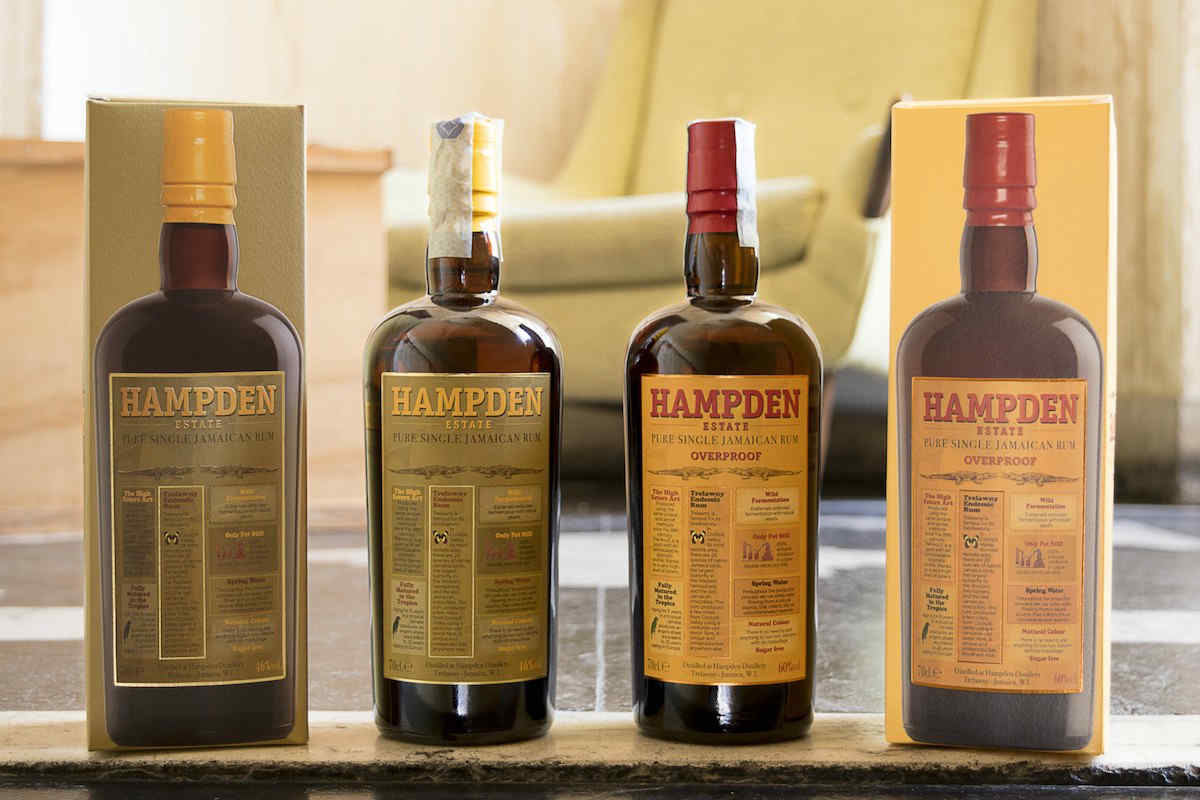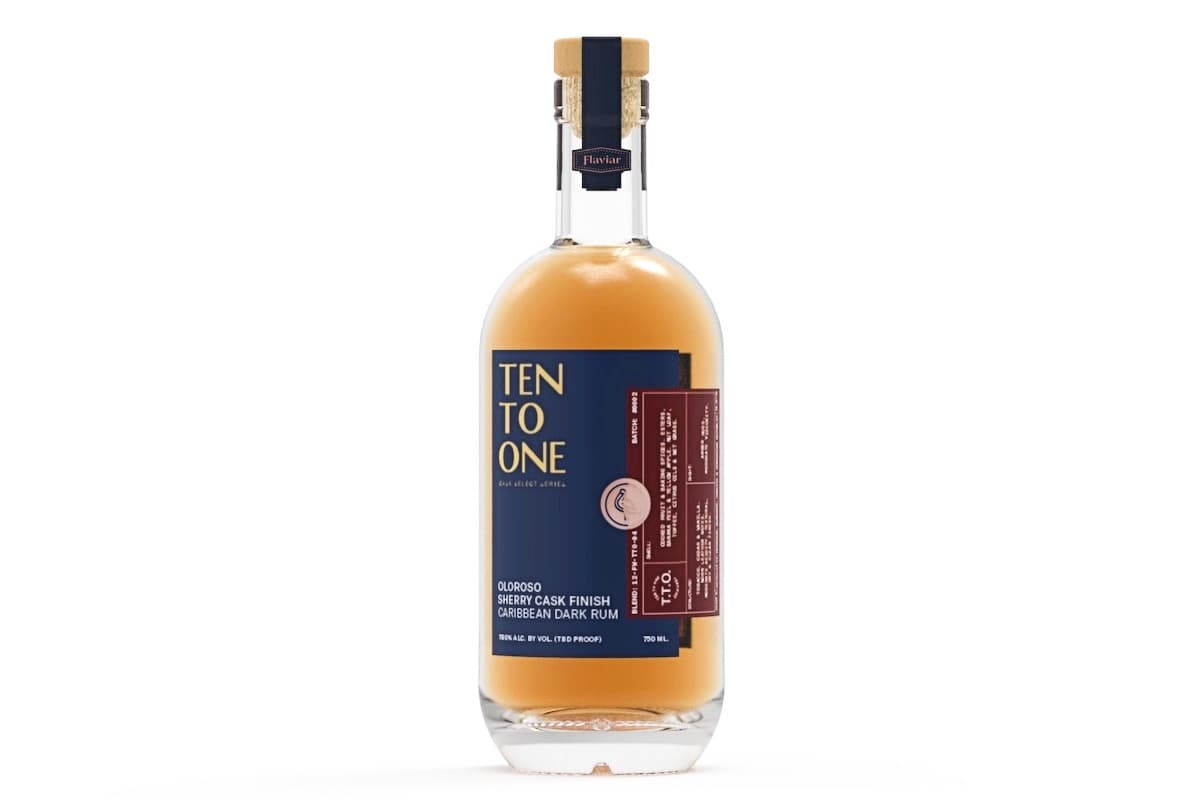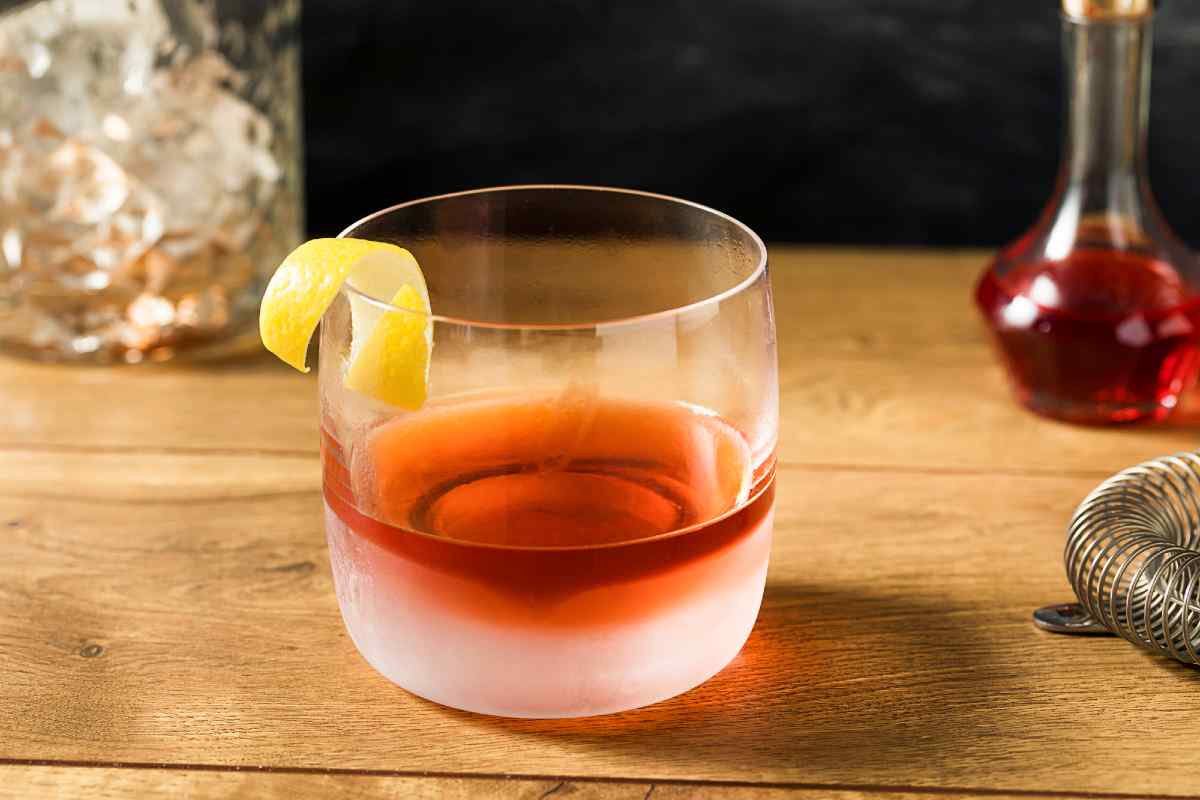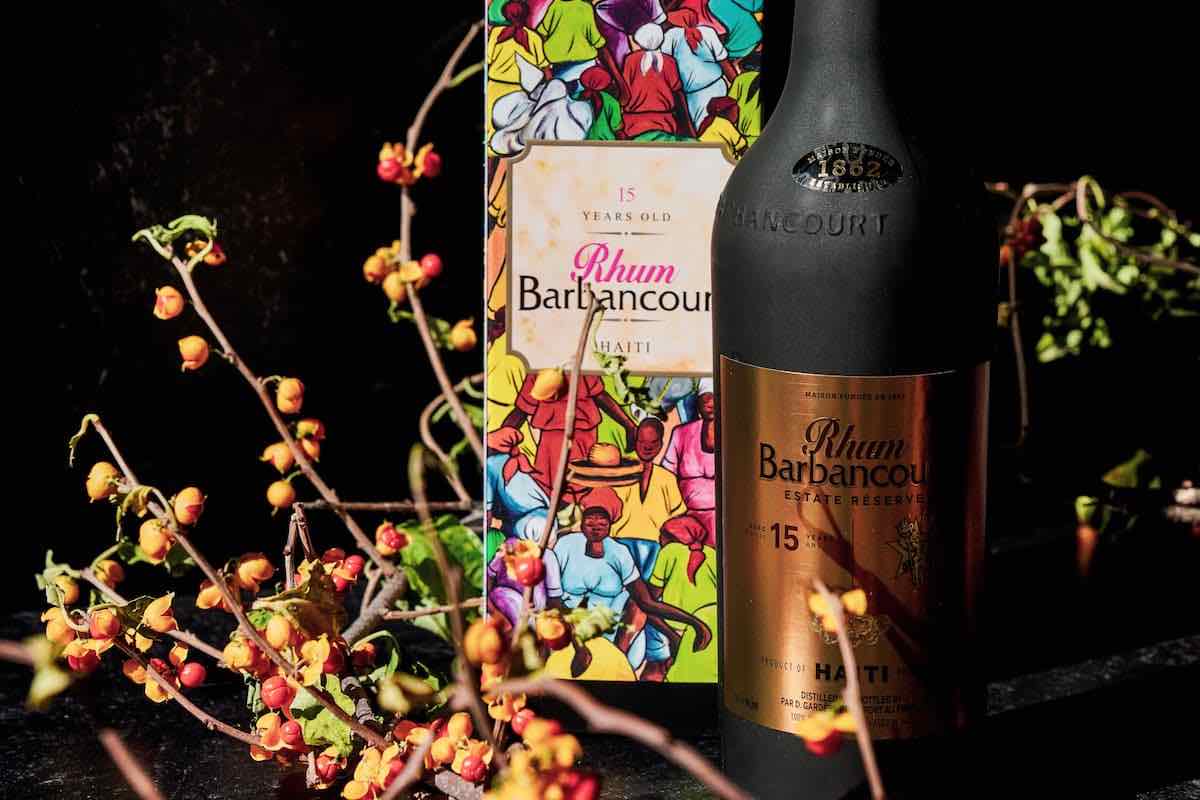This is part one in a two-part series with Luca Gargano.
In the rum world, few names loom larger than Luca Gargano, the Italian owner of Velier SpA, a Genoa-based importer and distributor. After purchasing Velier decades ago, Gargano set out to bottle the undiscovered gems of rum. His early successes include mid-1970s Demerara Distillers Limited from Guyana, and Caroni rum from the shuttered Trinidad Distillery. More recently he’s introduced rum cognoscenti to Haitian clairin (a pot still cane juice rum similar to agricole), as well as Hampden Estate rum from Jamaica.
With a passion for rum going back four decades, Gargano holds a substantial collection; by all counts, it’s the largest in the world. Luca has also gained notoriety for promoting a new categorization for rum, not unsurprisingly called the Gargano Classification.
I sat down with Gargano in September of 2018, as Velier and La Maison du Whisky introduced Hampden Estate rums with a bang—a tasting of exceptionally rare offerings, including the Harewood House rum that was distilled in 1780.
In part one of this two-part interview, Gargano talks about his rum collection and his recent moves with Velier. In next month’s column, you’ll hear his thoughts on topics embroiling the rum world, including truth in labeling.
Matt Pietrek: Tell me about your rum collection and how you built it.
Luca Gargano: I started when I discovered that my product—like the Demeraras and then the Caronis, and my joint venture with Demerara Distillers Limited—started to jump in price. I first sold the Demerara only in Italy. I was not thinking to export it. It was mainly for my pleasure.
At a certain moment around 2008, I saw that some of my products started to rocket upward in price. And I checked my stock [levels], and saw that I had no bottles or very few bottles. I said, “Why?”
At this moment, I started to collect. I said, “First of all, I want to have my bottles, at least.” As with other collectors, it is a hobby that becomes a drug. I bought in auctions. I found a small shop that still has old bottles. Little by little, I created a network and became addicted.
Now I think that I have the biggest rum collection in the world. I have 40,000 bottles. I have 3,500 [unique] bottles. I don’t collect the continental aged [bottlings]. Many are before the year 2000, apart from my personal collection.
So the collection’s been primarily built only in the last 10 years?
Yes. The largest increase was between 2008 and 2014. In my collection, there are many bottles that are not so old. For example, all the labels of Flor de Caña, from three labels ago.

Photo: La Maison & Velier
What is La Maison & Velier’s relationship with Jamaica’s Hampden Estate distillery?
La Maison & Velier is the joint venture between my company—Velier—and La Maison du Whisky, Thierry Benitah’s company. We both own 50 percent. This year I am the CEO, next year it is Thierry, and so on. We are the worldwide distributor for aged Hampden rum. Hampden also has Rum Fire [Overproof], and we will probably be the European distributor of Rum Fire.
Can anybody else buy aged rum from Hampden?
No. Hampden, for the first time with today’s launch, is [selling] aged rum. Hampden started to age rum only in 2010. There are two official SKUs, the 46 percent ABV and the 60 percent ABV. Hampden is completely independent. La Maison & Velier is the worldwide distributor for them. Then there is bulk rum, and Hampden will continue to sell bulk rum as before.
They are still able to sell bulk rum to whomever they would like?
They will sell fresh bulk rum.

Photo: Clairin Sajous.
Let’s talk about Velier’s clairin releases. You now have four distilleries you import and distribute for. Do you foresee more clairin distilleries in your portfolio?
It’s very important that clairin moves very quickly to make a GI [geographical indication]. When I went to Haiti the first time, deep in Haiti, I discovered clairin. There is [traditional] clairin, and there are… you could call them industrial clairins. Those are made with a continuous column and selected yeast. That is not the traditional clairin. I saw in Miami a product named Clairin that is not a clairin; it is a bastard clairin made in continuous columns. In Haiti, there are at least 80 to 100 small producers that make real clairin.
Now I am working with Slow Food, who did the Clairin Presidium, and with the government to protect clairin. Real clairin is made with wild yeast and batch distillation, at the least. I pushed Slow Food to create the first spirit presidium in its history. We found 16 producers around the region of Sajous, and we created this association.
We had the Clairin World Championship, and I will bottle one of them. The first is named Dieu Grand—”Big God.” But personally, I can’t add many others. I hope that other importers or distributors find them. The problem is that not all the clairin producers do bottling. They live in very remote areas.
What I did with Sajous—I did the bottling, the label, everything. But as you see, it is their name on the bottles. I paid to use the name. I respect them. This is my philosophy.
You’ve built an aging warehouse there?
We did a warehouse that I adore, because in Europe the building would be completely illegal because it’s only staves, wood, and the ground. Now we have about 250 barrels. I tested all types of barrels.
I don’t think that clairin has to be aged too long because it’s so perfumed, so unique, and is distilled at such low proof that [upon] entering the barrels it is a little bit weak. I think in two or three years I will taste some barrels to see what happens.
Is your goal to age clairins from each of your producers?
Yes. For instance, I have a sherry vat. I have an ex-single malt. I have Caroni casks, I have a Calvados cask—I have many different barrels. All of the producers, I will put some of them in each type of barrel. Now the oldest are three years old. Some, like Casimir, which is very high in congeners, perhaps it could go a long, long time. But when you taste it, it will be completely different.
As Luca described above, Velier and its partner La Maison du Whisky have a lot going on to energize the rum enthusiast community. Despite being busy with his commercial projects, he still speaks at rum conferences around the world, promoting transparency and advocating for premium rum’s place alongside other high-end spirits. Stay tuned for next month’s column where he holds forth on these topics.




You have such an fantastic sense of humor. I appreciate your nerve and decision.